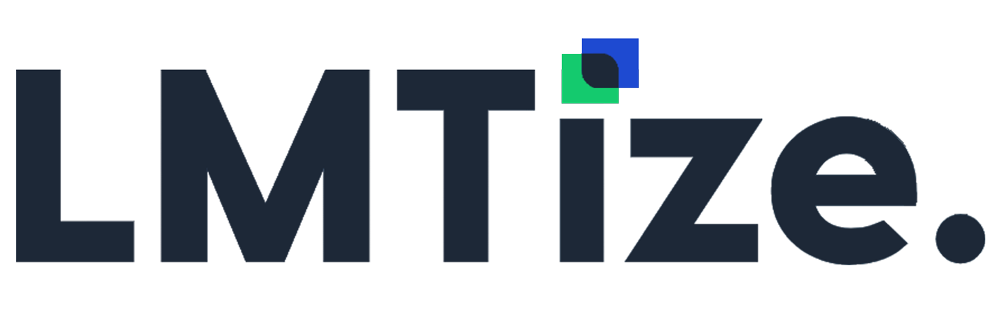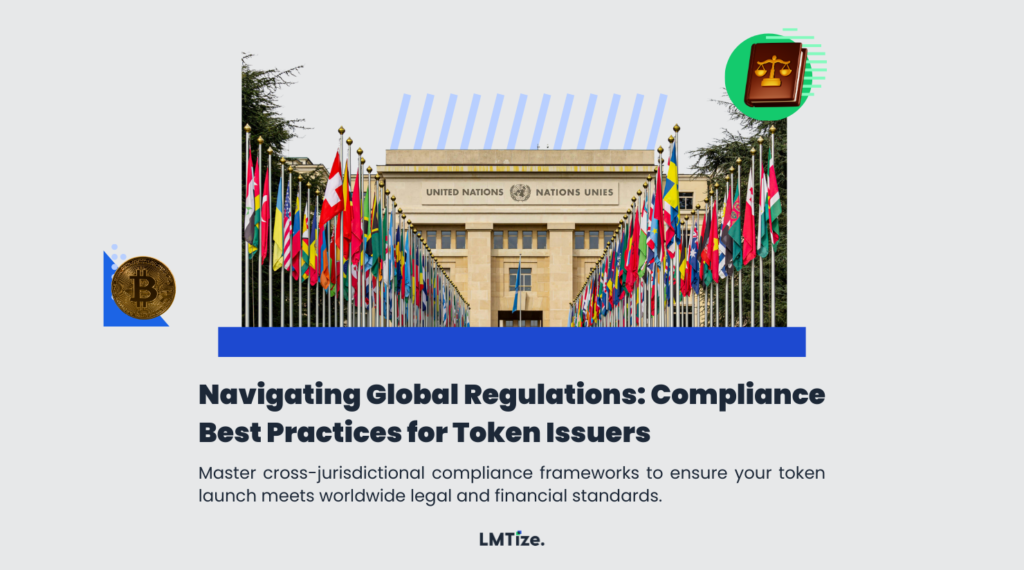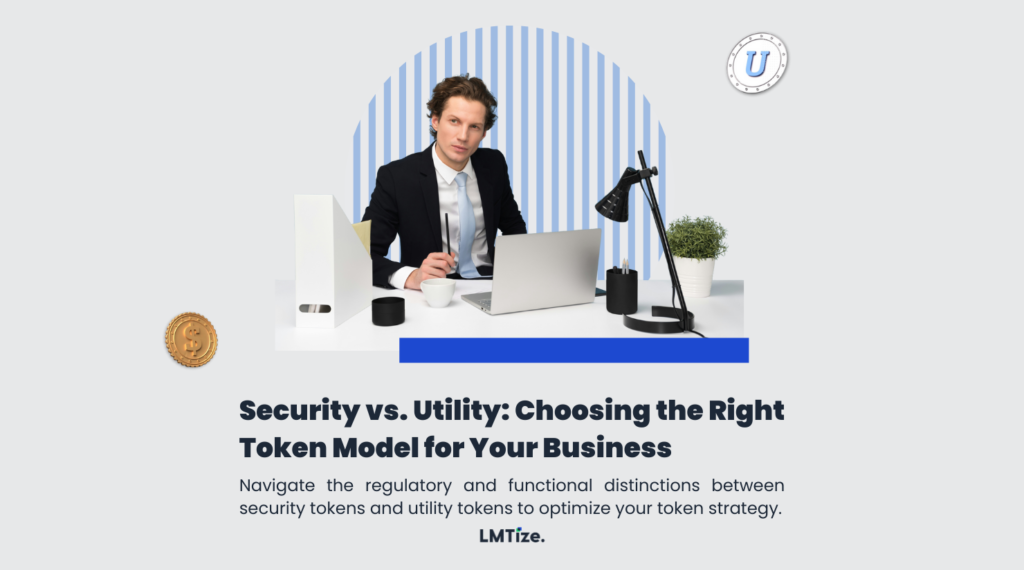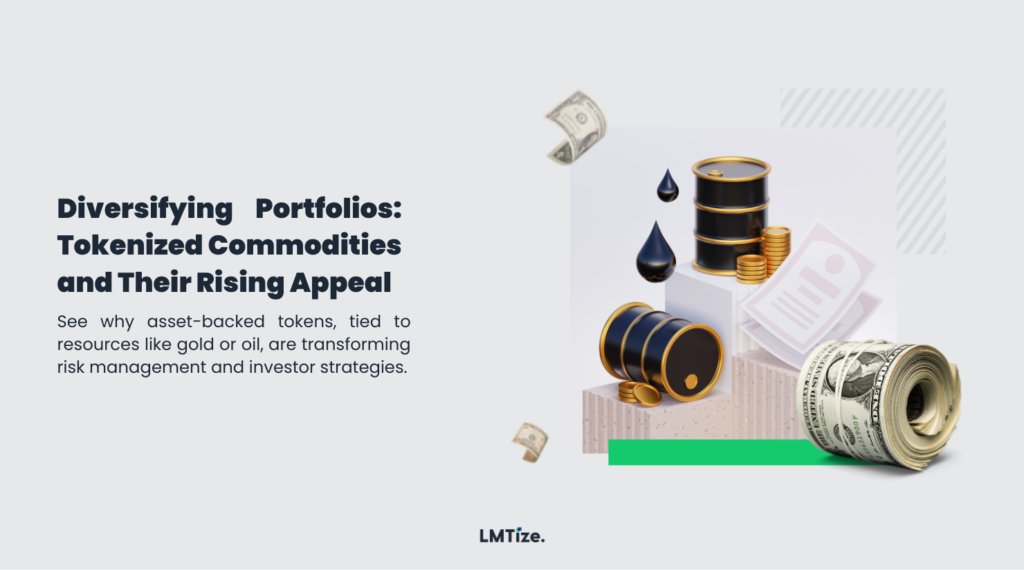Crowdfunding 2.0: How Tokenization is Redefining Capital Raising
Introduction: The Evolution of Crowdfunding
Crowdfunding has long been a game-changer in raising capital for startups, creative projects, and social causes. Platforms like Kickstarter, Indiegogo, and GoFundMe have enabled individuals and businesses to raise billions of dollars from a global audience. However, traditional crowdfunding has limitations—liquidity constraints, geographic restrictions, and reliance on centralized platforms.
Enter Crowdfunding 2.0—a tokenized model leveraging blockchain technology to create borderless, fractional investment opportunities, fostering increased liquidity and democratizing access to high-growth investment opportunities. This article examines how tokenization is reshaping the crowdfunding landscape, its advantages, challenges, and real-world case studies illustrating its transformative potential.
The Problem with Traditional Crowdfunding Models
- Limited Investor Liquidity:
- Investors who contribute to traditional crowdfunding campaigns often receive either a product (in reward-based crowdfunding) or equity with no easy exit strategy (in equity crowdfunding).
- The lack of a secondary market means investors are locked into their contributions with limited options to sell or trade their stakes.
- Restricted Access to Global Investors:
- Many crowdfunding platforms operate within specific regions due to regulatory constraints and banking limitations.
- International investors often face high transaction fees, currency conversion issues, and bureaucratic red tape that discourages cross-border funding.
- High Administrative Costs and Middlemen:
- Centralized crowdfunding platforms take commission fees ranging from 5% to 10% per campaign.
- Legal and compliance costs further erode the actual funds raised, making it inefficient for entrepreneurs.
- Lack of Transparency & Security Risks:
- Funds raised through traditional crowdfunding are often managed by a centralized entity, creating trust issues and susceptibility to fraud.
- Donors and investors have minimal visibility into fund allocation and project execution.
How Tokenization is Transforming Crowdfunding
Tokenization solves the fundamental inefficiencies of traditional crowdfunding by digitizing assets on blockchain-based smart contracts. Let’s explore how this mechanism works and why it is revolutionizing capital raising.
1. Tokenized Assets Enable Fractional Ownership
- Tokenization allows assets (such as startup equity, intellectual property, or real estate) to be split into digital tokens, each representing a fractional share.
- Investors can purchase small fractions of an asset, lowering the entry barrier and broadening investor participation.
- Example: A $10 million real estate property can be tokenized into 1 million tokens, each worth $10, allowing micro-investors to own a portion of the property.
2. Liquidity Through Secondary Markets
- Unlike traditional crowdfunding, tokenized assets can be traded on blockchain-powered secondary markets, enabling investors to buy or sell their shares at any time.
- Platforms such as OpenSea (for NFTs), tZERO, and Securitize (for security tokens) allow investors to trade tokenized assets efficiently.
- Example: A startup that raises $2M through tokenized crowdfunding can allow early investors to trade their equity tokens instead of waiting years for an IPO or acquisition.
3. Borderless and Inclusive Investments
- Blockchain eliminates geographical limitations, allowing anyone with an internet connection to invest in tokenized projects.
- Investors no longer need to rely on banking intermediaries, reducing transaction costs and friction.
- Example: A social impact project in Africa can raise funds from investors in the US, Europe, and Asia without navigating multiple banking jurisdictions.
4. Lower Costs and Automated Compliance
- Smart contracts automate many processes—fund distribution, KYC/AML compliance, dividend payouts—reducing the need for costly intermediaries.
- Issuers can program governance rules, voting rights, and compliance regulations directly into tokens, ensuring seamless legal adherence.
5. Increased Transparency and Security
- Blockchain ensures real-time tracking of funds, allowing investors to verify how their money is allocated.
- Funds are held in decentralized smart contracts that prevent unauthorized withdrawals or mismanagement.
- Example: A climate-tech startup can use blockchain to track funding milestones and only release payments when pre-defined conditions are met.
Real-World Examples of Tokenized Crowdfunding
Case Study 1: Kickstarter Meets Blockchain – Initial Coin Offerings (ICOs)
- In the early days of blockchain crowdfunding, ICOs raised billions of dollars, allowing projects to issue tokens that investors could trade.
- Example: Ethereum’s 2014 ICO raised $18 million and is now one of the most valuable blockchain networks globally.
Case Study 2: Republic’s Security Token Offering (STO)
- Republic, a leading equity crowdfunding platform, launched its own Security Token Offering (STO) to allow investors to trade private equity in early-stage startups.
- This model gives retail investors liquidity options traditionally only available to venture capitalists.
Case Study 3: Real Estate Tokenization by Aspen Coin
- The Aspen Coin project tokenized a luxury resort in Aspen, Colorado, allowing global investors to purchase fractional real estate ownership.
- The project raised $18M, demonstrating how tokenization can modernize commercial real estate investments.
LMTize: Your Partner in Asset Tokenization
LMTize is a leading asset tokenization agency, specializing in transforming traditional assets into digital tokens. With expertise in blockchain infrastructure, smart contract development, and compliance-driven token issuance, LMTize empowers businesses and investors to capitalize on the benefits of tokenized crowdfunding. Whether you are looking to tokenize equity, real estate, or venture capital, LMTize provides end-to-end tokenization solutions that ensure security, scalability, and liquidity.
Frequently Asked Questions (FAQs)
- What is tokenized crowdfunding?
- Tokenized crowdfunding is the use of blockchain technology to issue digital tokens that represent fractional ownership in a project or asset.
- How does tokenization improve liquidity?
- Tokenization enables assets to be traded on secondary markets, allowing investors to buy or sell their shares more easily.
- Is tokenized crowdfunding legal?
- Yes, but regulatory compliance varies by jurisdiction. Platforms must adhere to securities laws and KYC/AML requirements.
- What assets can be tokenized?
- Real estate, stocks, intellectual property, venture capital, commodities, and even art can be tokenized.
- How can I invest in tokenized crowdfunding?
- Investors can participate through regulated tokenized crowdfunding platforms and digital asset exchanges.
- What are the risks of tokenized crowdfunding?
- Regulatory uncertainty, smart contract vulnerabilities, and market volatility are key risks to consider.
- What role does blockchain play in tokenization?
- Blockchain ensures security, transparency, and automation of transactions through smart contracts.
- How does LMTize help with asset tokenization?
- LMTize offers comprehensive solutions, including legal structuring, smart contract development, and token issuance.
- What are security tokens vs. utility tokens?
- Security tokens represent ownership in an asset, while utility tokens grant access to a service or platform.
- Where can I learn more about tokenized crowdfunding?
- Follow industry leaders like LMTize and explore blockchain-based crowdfunding platforms.




